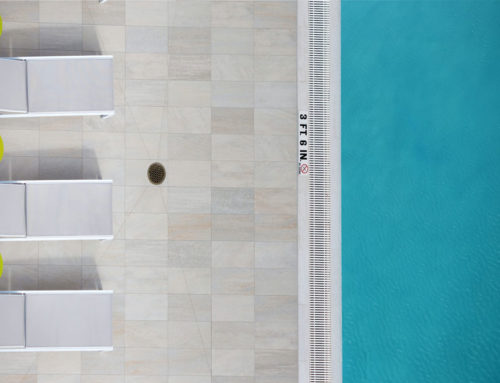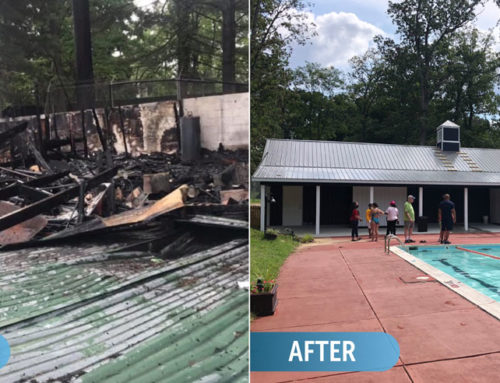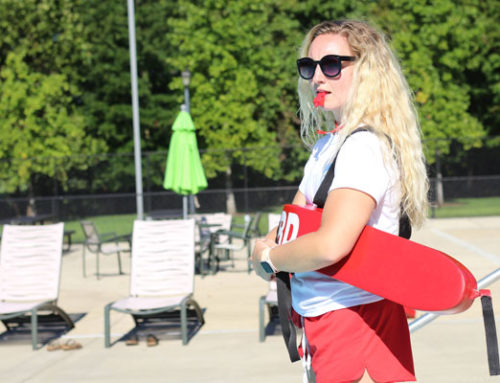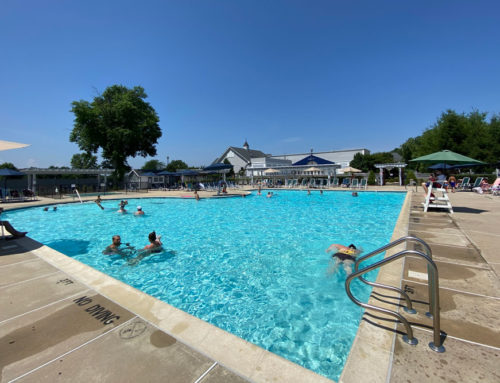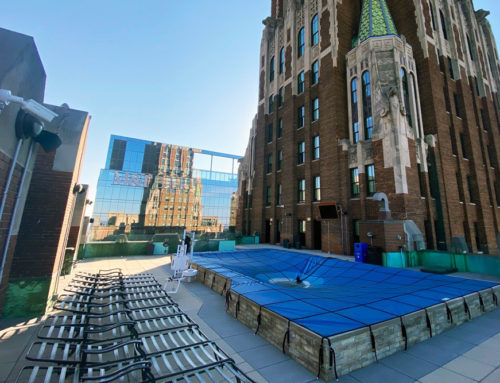Everyone knows the common image of a group of kids rough-housing in the pool while the parents lounge in the sun with some brightly colored drinks. While this idea might seem like paradise, inattentive parents are one of the biggest causes of injuries among children in pools. It doesn’t stop there, though, and pool management needs to be on top of all the ways children could be accidentally injured while enjoying their facility.
Most parents aren’t trying to put their children in harm’s way. Sometimes, it’s a matter of not knowing better. This is why pool management needs to be on the lookout for some suspicious behaviors that moms and dad’s might think is O.K. , but are actually increasing the likelihood that their kids might be involved in a serious accident. A trained lifeguard service will know to spot these signs immediately, but pool management might need a refresher course on several problematic parental behaviors that are putting children at-risk for injuries.
Giving kids ‘wingies’
Nobody expects young children to be able to swim laps, let alone stay afloat in deep water. Even though all kids should be limited to the shallower end of the pool, some parents think that slapping on a pair of flotation devices known as “water wingies” is enough to keep their kids safe, no matter what part of the pool they wander off to.
MyFox9 in Minneapolis explained that these floatation devices might seem like they’re helping kids, but they’re actually doing more harm than good. A child wearing these products will be able to float throughout the pool, which also means that the child might not know that he or she has wandered into the deep end. There’s no negative reinforcement here because the devices do all the swimming work – if the child manages to wriggle out of them or enters a pool without them, he or she may not realize the danger of the situation.
Qualified lifeguard services will tell you that only certified life jackets offer sufficient protection for kids who can’t swim, and even those require parents and pool management to keep a close watch over young swimmers.
Coercing children into the water
Parents know that getting their kids to do anything for the first time can be a headache, but pools are no place to force anybody into doing something they’re not comfortable with – especially children, who don’t have the skills necessary to stay calm in a dangerous situation like drowning.
This is why ParentingInformer.com recommended that parents let kids warm up to the pool in their own ways. Forcing kids to jump into the arms of a parent already in the water or tossing or pushing them in when they aren’t looking only reinforce the idea of water as something to be feared and avoided. If children develop this attitude early, it may be impossible to enroll them in swimming lessons as they grow.
Lifeguards will be able to spot any instance where a swimmer is being forced into the water against their will – a skill pool management can ill-afford to do without.
Believing they’ll know when there’s danger
A mother’s instincts are a powerful thing and dads have just as strong a protective drive. However, this doesn’t mean that parents know exactly when their kids are in harm’s way and, more importantly, what they need to do to help.
The signs of drowning are notoriously difficult to notice to the untrained eye, Reader’s Digest noted. Instead of the image popularized on TV of a swimmer calling out for help and flailing their arms around, real drowning leaves the person with no energy left but to keep their heads above water. This means no yelling and no splashing. In fact, a drowning swimmer can struggle for up to 60 seconds before suddenly dropping below the surface of the water.
Parents might think they know what’s best for their kids, but there are certain moments when pool management needs to step in and put its foot down about the proper safety techniques in and around the pool. Trained lifeguards are an essential part of the process, but management professionals must be committed to safety in all areas for long-term success.


